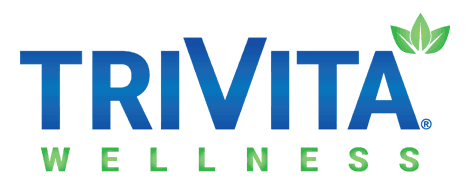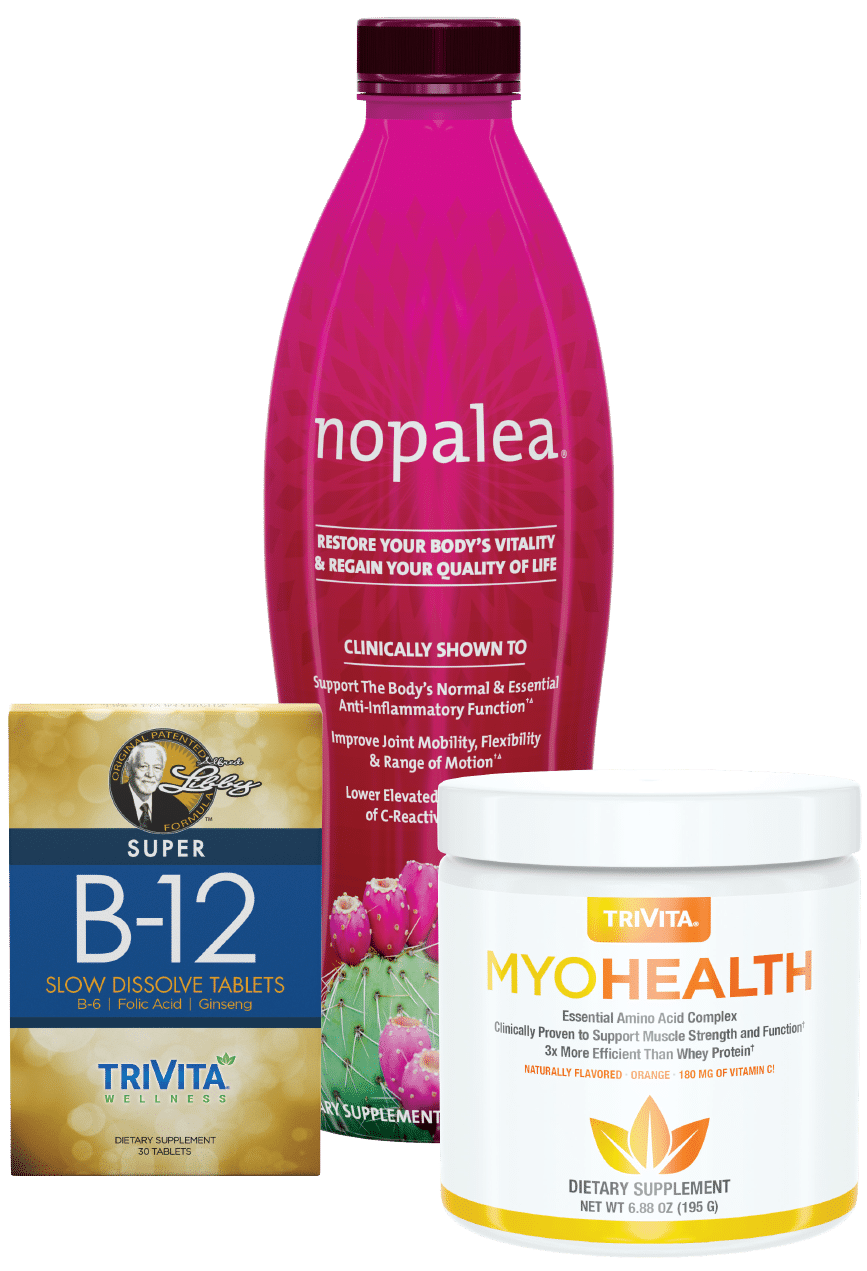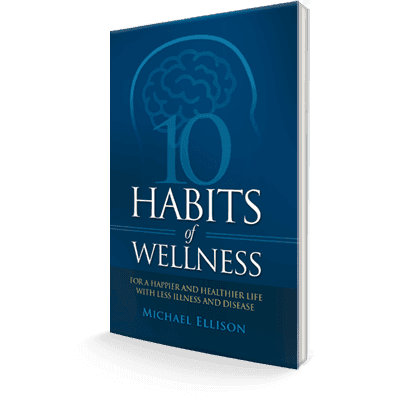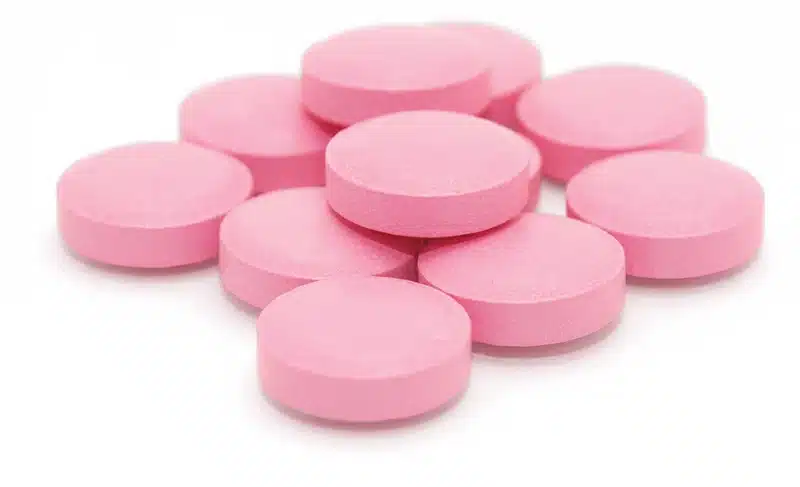Recognizing the signs of stroke and promptly receiving treatment will significantly reduce the damage caused and improve chances of survival.
According to the Centers for Disease Control and Prevention (CDC) and Health Link BC, stroke is the leading cause of severe long-term disability in the United States and Canada. More than half of stroke survivors age 65 and older experience reduced mobility. But strokes can occur at any age. In 2009, 34 percent of people hospitalized for stroke were under 65 years of age.
Six Signs of a Stroke
Timely treatment can reduce the risk of disability and death from stroke. It’s important to know the signs and symptoms so you can act quickly. Here are the top six signs and symptoms to look for:
1. Dizziness, sudden trouble walking, loss of coordination or balance
2. Sudden weakness or numbness on one side of the body, including the face
3. Sudden severe headache with no known cause
4. Difficulty speaking or understanding others
5. Sudden loss of vision in one or both eyes
6. Sudden disorientation, memory loss or confusion

What Causes Strokes
A stroke, also known as cerebrovascular accident or brain attack, occurs when the blood supply to the brain is cut off depriving it of oxygen or when a blood vessel in the brain ruptures. Regardless of the cause, tissue in the brain is damaged or dies. Strokes can lead to long-term disability, permanent brain damage or death.
There are two types of stroke:
Ischemic stroke occurs when the blood supply to part of the brain is blocked by blood clots or as a result of atherosclerosis, a build-up of fats, cholesterol and other particles in and on artery walls. Inflammation, infections and certain medications can also contribute to ischemic strokes. These are the most common type, accounting for approximately 80 percent of all strokes

Lifestyle Changes You Can Make Today
The most important risk factors for stroke are preventable and treatable. You can control the top preventable risk factors by working with your healthcare provider to make the following lifestyle changes:
- Control high blood pressure (hypertension) through lifestyle modification or medication when necessary,
- If you smoke – quit! This can add years to your life and reduce your risk of developing many preventable diseases,
- Manage diabetes through lifestyle choices such as eating a healthy diet, exercising regularly and limiting alcohol consumption,
- Control your cholesterol,
- Get adequate physical activity throughout the day,
- Maintain a healthy weight











